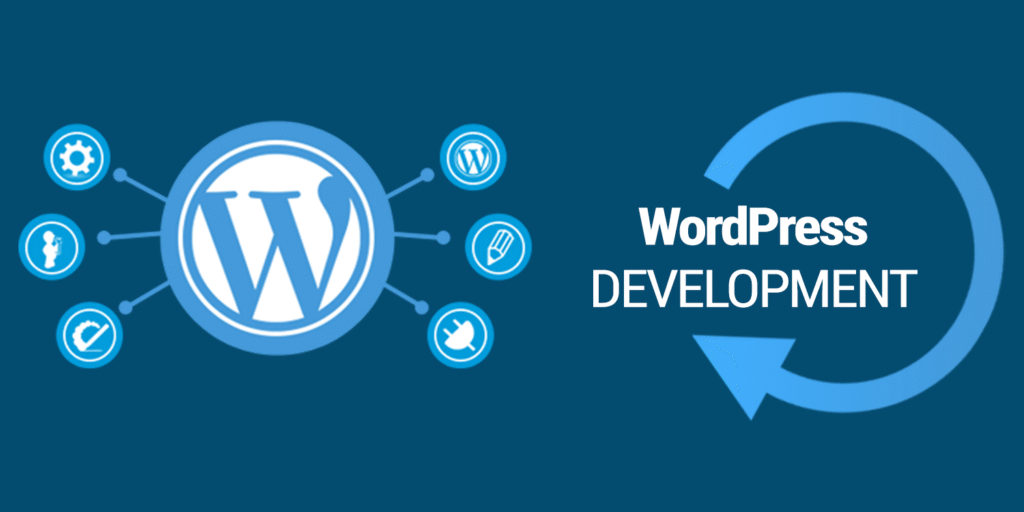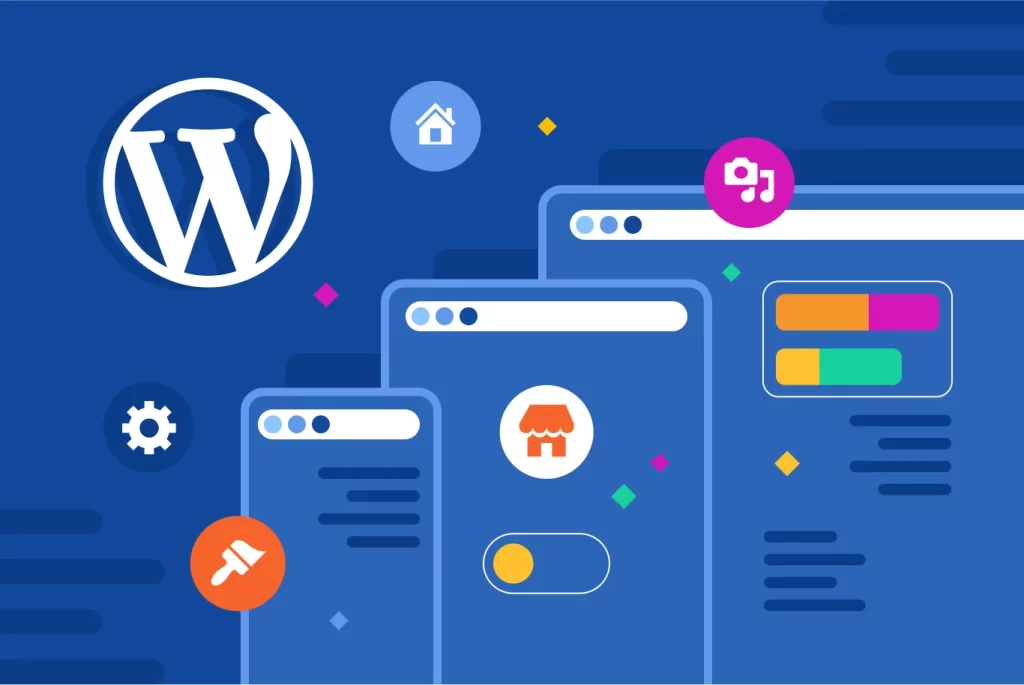In today’s digital age, more and more people aspire to achieve financial independence through online sales. Whether you’re a complete newbie to internet entrepreneurship or someone with some experience, success is within reach if you follow the right methods! This article will provide you with detailed steps to build a website from scratch and achieve financial independence through online sales.

Why Choose a Website as the Primary Platform for Online Sales?
Having your own independent website is a crucial asset for anyone aiming to achieve financial independence. Compared to selling on e-commerce platforms or social media, owning your website offers several distinct advantages:
- Full Control: You have complete control over the content, design, and user experience of your website, allowing you to create a personalized brand.
- Long-term Traffic Source: Through SEO optimization, your website can attract potential customers continuously, ensuring stable traffic.
- Reduced Platform Fees: While e-commerce platforms offer massive traffic, they charge commissions and transaction fees; owning your website helps you reduce these costs.
- Diverse Revenue Streams: Besides selling products, you can also earn money through advertising, memberships, digital products, etc.
Getting Started: How to Create an E-Commerce Website?
For beginners with no technical background, building an online sales website may seem complicated, but with the right tools and steps, it’s actually quite easy.
Step 1: Clarify Your Goals and Product Niche
Before building your website, make sure to clarify the following:
- Who is your target audience?
- What are you selling? (physical products, digital products, services, etc.)
- Who are your competitors?
nswering these questions will help you determine the content, design, and marketing strategy for your website.
Step 2: Choose the Right Website Building Tool
If you don’t have coding experience, there are several easy-to-use website building tools to choose from. Here are some recommended options:
- WordPress + WooCommerce:Powerful, flexible, with lots of plugins.Suitable for all types of e-commerce websites
- Shopify:All-in-one platform, easy to use.Ideal for small or cross-border e-commerce.
- Wix / Weebly:Drag-and-drop builder, user-friendly.Ideal for small stores or personal websites.

Step 3: Purchase a Domain Name and Hosting
Purchasing a domain name and hosting is fundamental for launching your website. The domain name is your website address, so choose a short and easy-to-remember name. Here are some platforms where you can purchase a domain:
- Namecheap
- GoDaddy
- Alibaba Cloud
You will also need reliable hosting (server space) to host your website. Recommended hosting providers include:
- SiteGround (Fast and reliable, great for beginners)
- Bluehost (Ideal for WordPress websites)
- Alibaba Cloud (Recommended for the Chinese market)
Step 4: Design Your Website Structure and Content
Design your website layout to ensure users can easily navigate and make purchases. Here are some essential pages for your website:
- Home Page: Display your brand and core products.
- Product Pages: Provide detailed information about your products to attract potential customers.
- About Us Page: Build trust with customers by sharing your brand story.
- Blog Page: Publish relevant content to improve your SEO ranking.
- Contact Us Page: Offer a way for customers to ask questions or get support.
How to Achieve Online Sales Through Your Website?
1.Set Up Payment and Logistics Systems
The first step to achieving online sales is setting up payment and logistics systems. Common payment options include:
- Alipay, WeChat Pay (for Chinese users)
- PayPal, Stripe (for international customers)
Logistics is also important. If you’re selling physical products, you can partner with delivery companies or use third-party logistics platforms to simplify the shipping process.
2.Optimize User Experience
- Mobile Optimization: Ensure your website is mobile-friendly and functions smoothly on smartphones.
- Fast Load Times: Improve user experience and reduce bounce rates by optimizing the speed of your site.
- Simple, Clear Purchase Process: Avoid complicated steps to ensure a seamless checkout experience for your users.
3.Set Up Automated Marketing Tools
Automated marketing is an effective way to increase sales. You can use the following tools:
- Email Marketing: Collect users’ email addresses and regularly send them promotions, product recommendations, etc.
- Social Media Integration: Connect your e-commerce website with social media platforms (such as Facebook, Instagram, WeChat) to expand your reach.

SEO Optimization: Let More People See Your Products
SEO (Search Engine Optimization) is the process of improving your website’s ranking in search engines to gain organic traffic. Here are some key SEO optimization points:
1.Keyword Research
Choose relevant keywords related to your product or service and naturally incorporate them into your website’s titles, descriptions, and content. Tools like Baidu Index, Google Keyword Planner, and Ahrefs can help you find suitable keywords.
2.Optimize Page Content
Ensure every page contains high-quality content with appropriate keyword density. You can improve your SEO by focusing on:
- Title Tags: Include relevant keywords and make them clickable.
- Meta Descriptions: Write concise, clear summaries of the page content.
- Internal Linking: Link related pages together to improve user experience and help search engines crawl your site efficiently.
3.Continuously Publish Content
Regularly publish high-quality articles, especially content related to your products. For example, you can write usage tutorials, product reviews, or industry news. Not only will this boost your SEO, but it will also attract potential customers.
How to Achieve Financial Independence?
By creating a website and engaging in online sales, you can not only increase your income sources but also gradually move towards financial independence. Here are some tips:
- Refine Operations: Use data analysis and customer feedback to improve your products and services, enhancing customer satisfaction.
- Diversify Revenue Streams: In addition to selling products, you can earn through ads, membership subscriptions, etc.
- Expand Your Product Line: As your business grows, you can introduce new products to attract more customers.
Conclusion
By creating an independent website and combining effective online sales and SEO strategies, even beginners can achieve financial independence. The key is to keep learning, continuously optimizing your website and marketing methods. While the road might not be easy, with consistent effort and patience, you will definitely see results!



